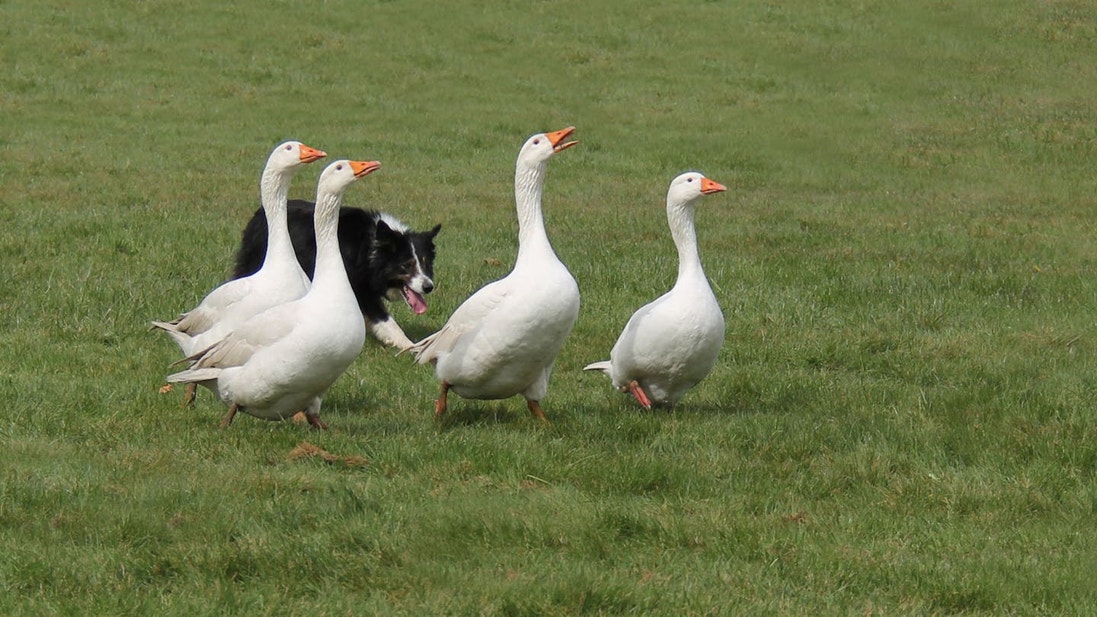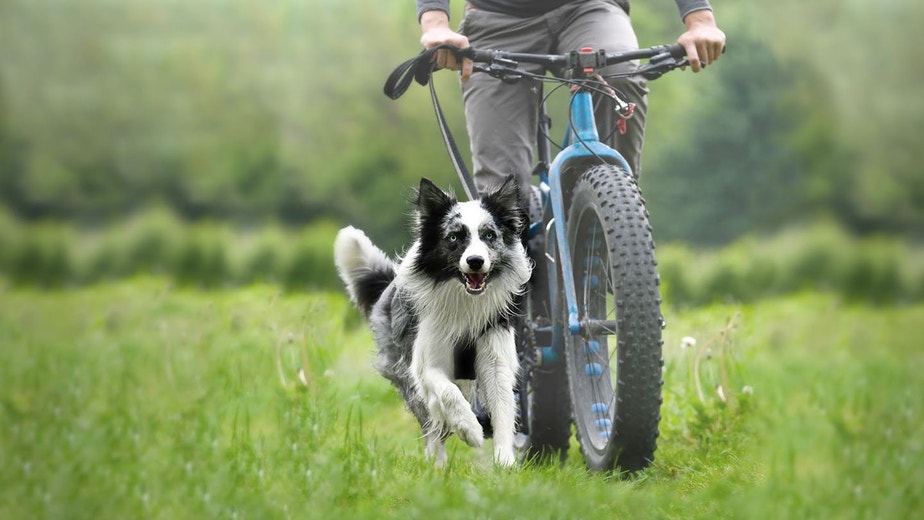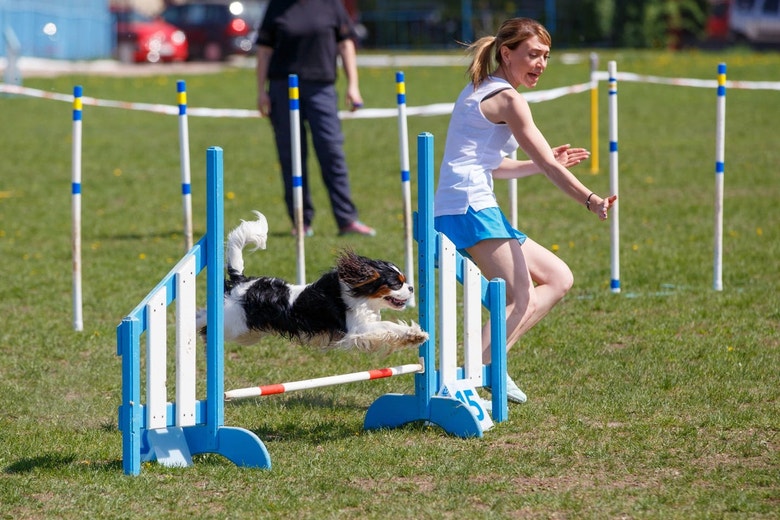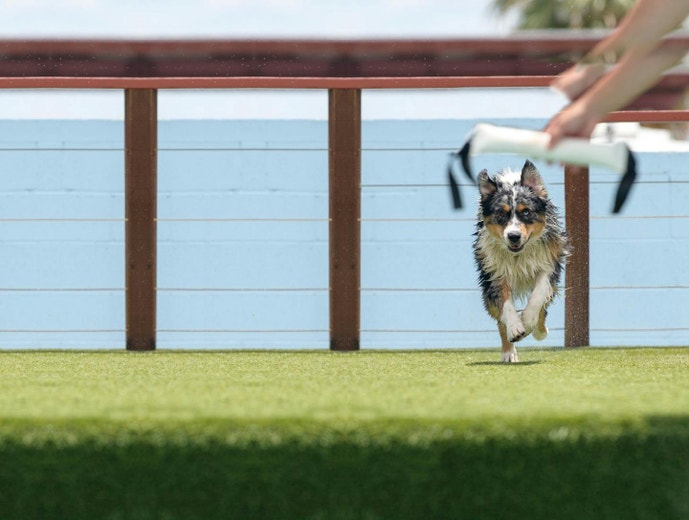
Getting Started With Herding
Herding dogs (also known as stock dogs or working dogs) have an instinctual ability to control the movement of other animals, according to the American Kennel Club. Herding breeds — including Shepherds, Collies, Huskies and Sheepdogs — are watchful, alert protectors that were bred to assist with guarding livestock and property. In addition to responding well to training, they’re also highly intelligent and make excellent companions.
Herding is a modified predatory behavior, and if your dog tends to move in a circular motion around you or your other animals, it may have strong herding abilities. Like most skills, herding instruction begins with the basics: sit, stay, come. Once your dog has mastered these, begin adding directional commands – “way” for left, “bye” for right, and “wait” to stop.
With directional commands down, it’s time to introduce your dog to livestock. Start with a small animal, like a lamb or calf, and work toward larger animals and herds. At this point, complex commands like “outrun” will prompt your dog to get the herd under control, while “fetch” will command him to move the herd toward you and “cast” with tell him to gather the stock into a group. The more you practice, the more confident your dog will become – and this confidence will enable a medium-sized dog to take control of a flock of animals many times his size, protecting livestock from threats and moving them to safety.
Although based on instincts, teaching your dog to be an effective herder can take months or years, and you may want to consider investing in professional herding dog courses. (Herding competitions are a fun way to test your dog’s herding prowess against other dogs.) Your herding dog’s ability to perform can benefit from training, body condition, and nutrition. To ensure they have the proper fuel, consider Eukanuba™ Premium Performance 26/16 Exercise, which provides nutrients that support sustained running and focus.




